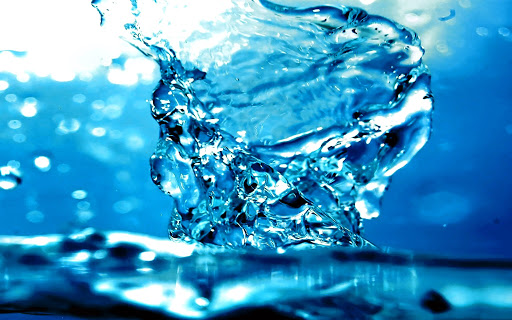
Installing a solar hot water system can be a cost effective and environmentally friendly way to generate warm water for your home. They can be used in any climate and are a viable option for use in many UK properties.
A solar hot water system consists of two main parts; a series of solar panels and a storage tank. In two tank systems the solar heater pre-heats water before it is passed to the conventional water tank. As an alternative there are also one tank systems where a backup heater is combined with the solar heater. Once the system is installed it will collect heat from the sun and in turn heat your water.
Although solar hot water systems will typically cost more to purchase and install than conventional systems they can be used to save money in the long run. How much money you can save will depend on many factors including the amount of hot water you use, your geographic location and the cost of traditional energy like gas and electricity. In order to maximise the effectiveness of the system the solar panels should be installed so that they are south facing and so receive the maximum amount of sunlight through the day.
If you are considering installing a solar water heating system and you live in the UK then you may qualify for a government grant towards the cost of it. There are many companies that specialise in installing this type of system. Typically the system will require a maintenance service every 3-5 years. read more information
Some people consider water filtration devices to be just an advertising tool. According to a recent report Americans have a never-ending chance to use treated water, therefore they are not prone to water infections compared to people of other nations. But actually this is not true.
House water filtration devices grab a lot of harmful contaminants that are present in our water supplies today. Chlorine is one of the most serious problems we have because of the fact that it is not capable to work as a purifier, and thus lets the contaminants enter your glass, so you still have a great risk of getting sick by consuming “treated” drinking water.
But now you have heard of the reverse osmosis water system which some believe is the most efficient water purification system.
It is a process generally used for purifying water and works by applying pressure to force water through a membrane that keeps the polluted water on one side and thus allows the pure solvent to pass to the other side.
This is the reverse of the normal osmosis process, which is the natural movement of solvent from an area of low solute concentration, through a membrane, to an area of high solute concentration when no external pressure is applied.
A Reverse Osmosis water system is suitable for all types of raw water like bore-well, over-head storage tanks, water tankers and municipal tap water supplies. The membranes used in this process have a thick barrier in the form of porous surrounding substance that acts as a wall and where most separation occurs.
A reverse osmosis water system is best known for its use in removing the salt from sea water and is commonly used for improving water for drinking and cooking all over the world. In industry, reverse osmosis removes minerals from heated water at power plants. The water is boiled and becomes thick repeatedly. It should be as pure as possible so that it does not leave deposits on the plumbing equipment or cause corrosion. It is also used to clean sewage and salty groundwater.
For small scale production of hydrogen, reverse osmosis water systems are often used to prevent formation of minerals on the surface of electrodes and to remove organics from drinking water.